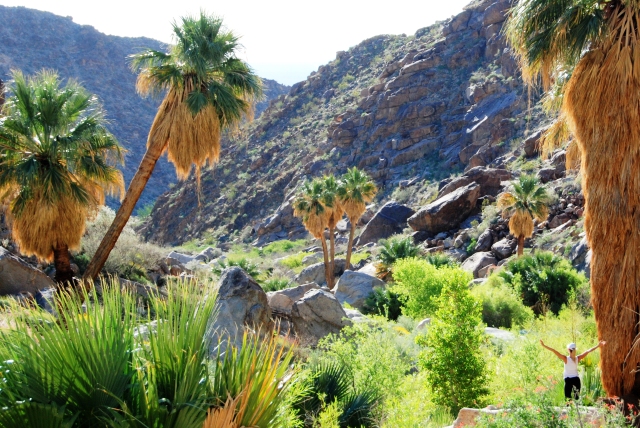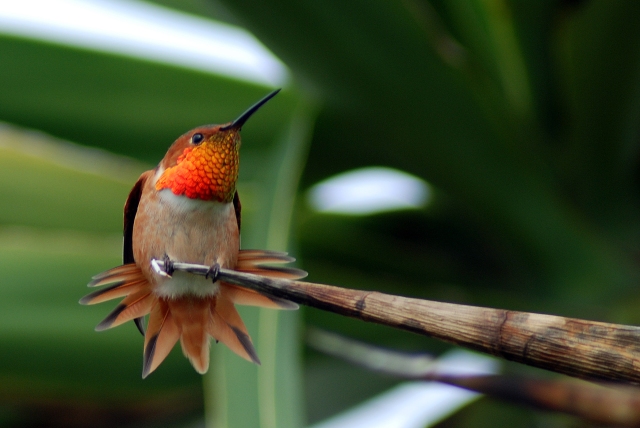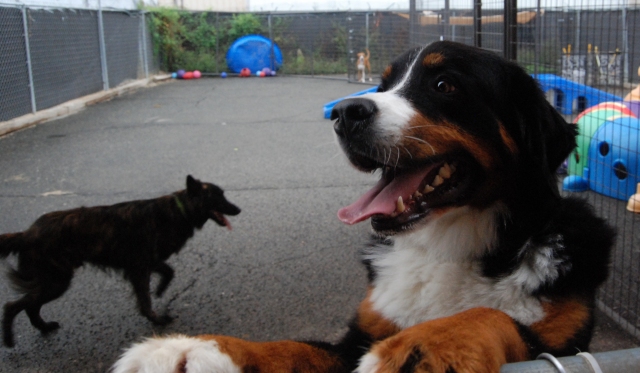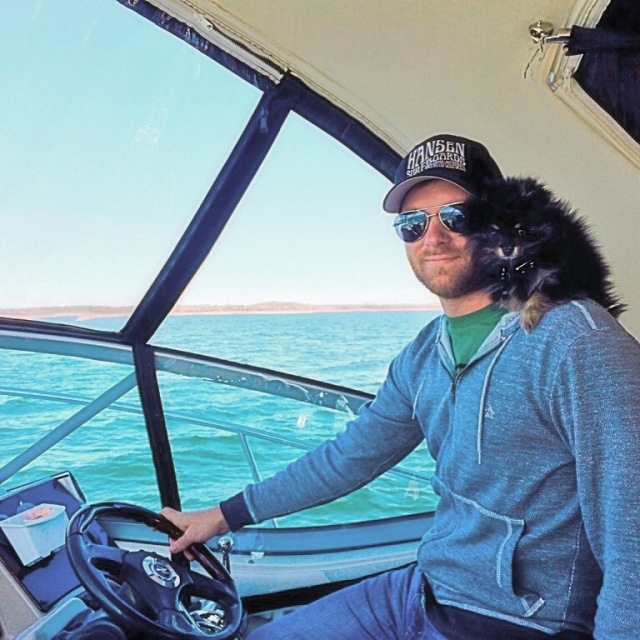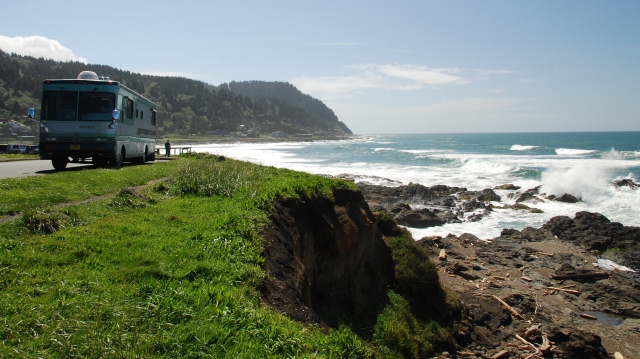
Are you new to RVing? If so, chances are that you’ve noticed a certain lexicon of words and phrases that other RV enthusiasts throw about regularly. Do you not want to appear like a newbie, but have no clue what people are talking about? Look no further! Here is a crash course in RV terminology 101.
Dry Camping – Camping without hookups for electricity, water or sewage.
Boondocking – Dry camping in remote areas, typically with no fees associated for camping.
Moochdocking – Dry camping for free on someone else’s property, like a driveway belonging to a friend or relative.
Gray Water – Waste water that goes down the sink, shower or bath.
Black Water – Waste water and waste that goes down the toilet.
Shore Power – Electrical hookup for power, often in the absence of water and waste water hookup.
Full Hookup (FHU) – A campsite that has RV hookup for electricity, water, and sewage.
Converter – A device that changes 110v AC power into 12v DC power.
Inverter – A device that changes 12v battery power to 110v AC power.

Dinghy or Toad – A vehicle that is towed behind an RV.
Dry Weight – The weight of an RV without any fuel, fresh water, waste water, propane, passengers or supplies.
Dual Electrical System (DES) – An RV electrical system that runs both hookup electricity and/or self-contained battery or generator power.
Dump Station – Location where gray water and black water tanks can be emptied.
Full-Time (Full-Timer, Full-Timing) – Living full-time out of an RV.
Generator – A power supply that is run by gasoline, diesel, or propane to provide self-contained 110v AC electrical power to an RV.
Honey Wagon or Honey Dipper – A mobile service that will empty black water and/or gray water tanks from where you are camped if sewage hookup or dump station is not available.
Hula Skirt – A skirt installed on the rear bumper of a motorhome to prevent debris kick-up while driving.
Kingpin – A device that connects a fifth wheel to a towing vehicle.

Reefer – Slang for refrigerator.
Rig – Slang for RV.
Self-Contained – An RV that is able to supply water, drain, and electrical needs without hookups.
Snow Bird – Someone who travels in an RV to warm climates during winter months.
Toy Hauler – An RV capable of indoor storage of all-terrain vehicles (ATVs), motorcycles, golf carts, or other large recreational equipment.
Winterizing – The process of making an RV safe for winter storage.
Workamping (Workamper) – Working remotely to operate, contribute to, or volunteer either on-line or on-site, while living and traveling in an RV.




